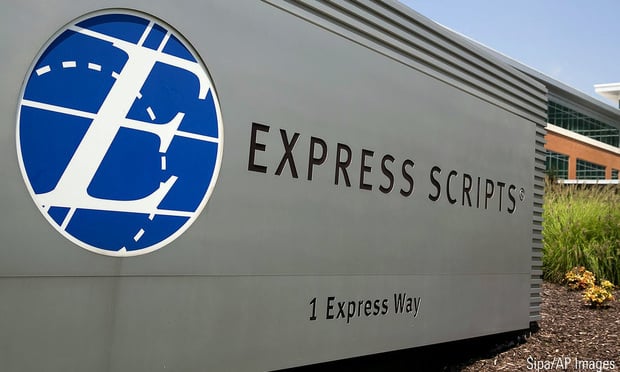In an effort to strengthen employees' voices in the workplace, the U.S. Department of Labor's Occupational Safety and Health Administration is moving its Office of the Whistleblower Protection Program so that it now reports directly to the agency's Office of the Assistant Secretary rather than its Directorate of Enforcement Programs.
According to Assistant Secretary of Labor Dr. David Michaels, who heads OSHA and now directly oversees the program, this move marks an elevated priority status for whistleblower enforcement.
"The ability of workers to speak out and exercise their rights without fear of retaliation provides the backbone for some of American workers' most essential legal protections," Michaels says. "OSHA's internal improvement initiatives, including this realignment, demonstrate the agency's steadfast commitment to strengthening a program that is critically important to the protection of worker rights."
Recommended For You
OSHA first announced its plans to restructure its whistleblower program Aug. 1, 2011, under the agency's multifaceted strategy for strengthening enforcement of 21 whistleblower laws. The plan's implementation began with the fiscal year 2012 budget when OSHA launched a different budgetary line item for the whistleblower program to better track and hold accountable its activities and accomplishments.
Additionally, OSHA has created pilot projects to assess structural changes in 10 field regions that could further improve the whistleblower program, and Sandra Dillon, who has served as the acting director of OWPP since May 2011, has been named director of the Office of the Whistleblower Program.
OSHA enforces whistleblower provisions as part of the Occupational Safety and Health Act of 1970 along with 20 other statutes that protect employees who report alleged violations of workplace, commercial motor vehicle, airline, nuclear, pipeline, environmental, railroad, public transportation, maritime, consumer product, health care reform, corporate securities, food safety and consumer financial reform regulations. The OSH Act states that employers are responsible for providing safe and healthful workplaces for employees, and OSHA is there to ensure these conditions by outlining and implementing standards as well as providing training, education and assistance.
© 2025 ALM Global, LLC, All Rights Reserved. Request academic re-use from www.copyright.com. All other uses, submit a request to [email protected]. For more information visit Asset & Logo Licensing.







